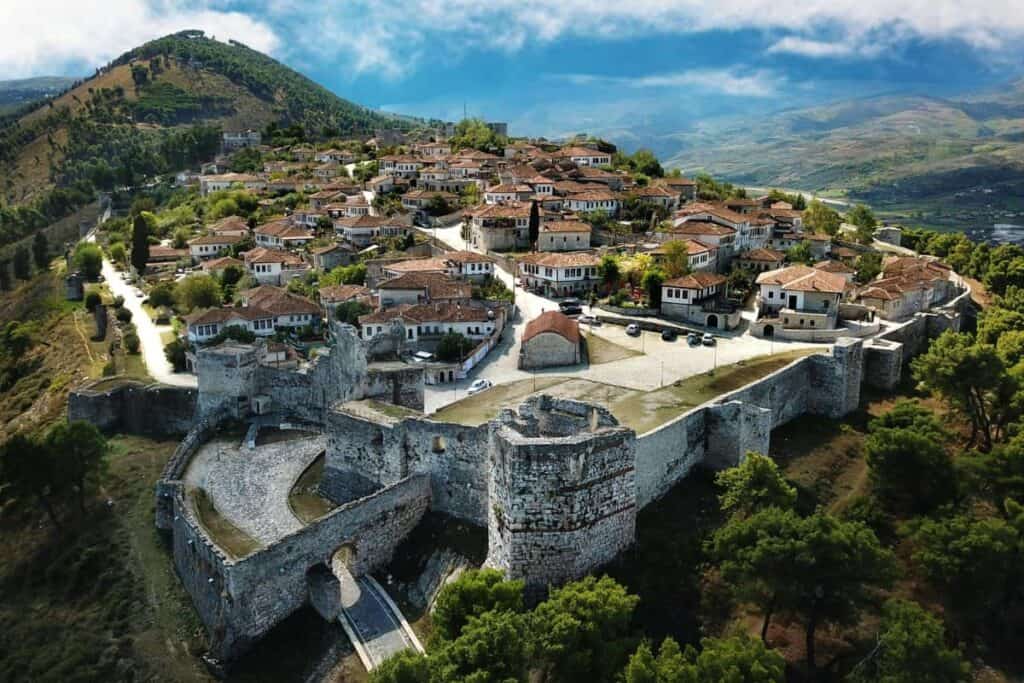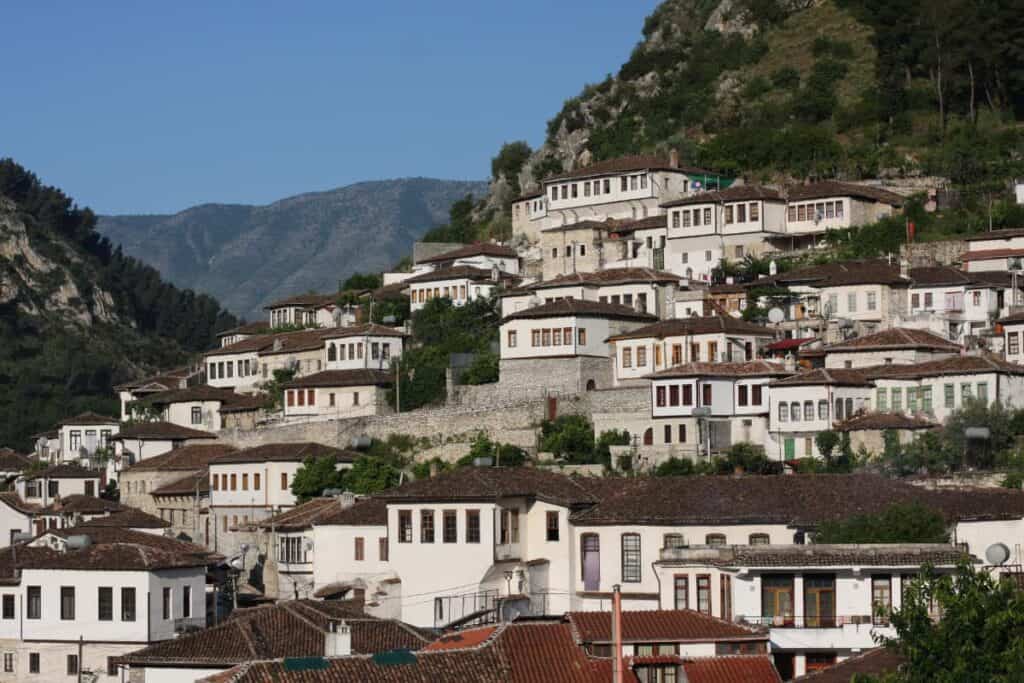Introduction
Albania, a small yet culturally rich country in Southeast Europe, boasts three UNESCO World Heritage Sites that showcase its rich history and diverse heritage. From ancient ruins to Ottoman-era cities, these sites are a testament to Albania’s cultural significance. Exploring the UNESCO sites in Albania will transport you through centuries of fascinating history, making them a must-visit for any traveler.
1. Butrint National Park
Nestled in southern Albania near Sarandë, Butrint National Park is a stunning archaeological site that tells the story of civilizations spanning over 2,500 years. Declared a UNESCO World Heritage Site in 1992, Butrint features remnants of Greek, Roman, Byzantine, and Venetian periods.
Key highlights include:
- The Amphitheater: A well-preserved structure offering a glimpse into ancient Roman entertainment.
- The Basilica: A large Christian church adorned with mosaics and intricate carvings.
- The Lion Gate: A historic entrance symbolizing Butrint’s defense mechanisms.
Butrint’s serene setting, surrounded by wetlands and the Vivari Channel, adds to its allure, making it a favorite among history enthusiasts and nature lovers alike.
2. Berat – The City of a Thousand Windows
Berat, known as the City of a Thousand Windows, is a stunning example of Ottoman-era architecture and was inscribed as a UNESCO site in 2008. Its cobbled streets, well-preserved houses, and historic mosques and churches reflect Albania’s religious harmony.
Top attractions in Berat include:
- Berat Castle: Perched atop a hill, this ancient fortress offers panoramic views of the city and houses several churches and museums.
- The Gorica and Mangalem Quarters: These neighborhoods, divided by the Osum River, are renowned for their picturesque Ottoman houses.
- The Onufri Museum: Located inside a church, this museum showcases religious art and icons painted by the famous Albanian artist Onufri.
Berat is a living museum, where past and present coexist harmoniously.
3. Gjirokastër – The Stone City
Gjirokastër, often called the Stone City, was designated a UNESCO World Heritage Site in 2005. This charming city in southern Albania is famed for its stone-roofed houses, cobblestone streets, and rich history.
Must-see attractions in Gjirokastër:
- Gjirokastër Castle: A fortress that dominates the city, offering breathtaking views and housing a military museum and prison.
- Ethnographic Museum: Located in the house where the former communist leader Enver Hoxha was born, this museum offers insight into traditional Albanian life.
- Bazaar Street: A bustling market street lined with shops selling local crafts and souvenirs.
The architecture of Gjirokastër is a unique blend of Ottoman influences, making it a cultural gem.
Why Visit UNESCO Sites in Albania?
Visiting these UNESCO sites provides a deeper understanding of Albania’s historical and cultural significance. Each site offers something unique:
- Butrint for its archaeological wonders.
- Berat for its harmonious blend of cultures and religions.
- Gjirokastër for its Ottoman-era charm and storytelling streets.
These locations aren’t just tourist destinations—they’re living testaments to Albania’s resilience and heritage.
Conclusion
Albania’s UNESCO World Heritage Sites are a gateway to the nation’s soul, offering unparalleled experiences for history buffs, culture enthusiasts, and travelers alike. Whether you’re exploring the ruins of Butrint, the architectural marvels of Berat, or the stone streets of Gjirokastër, you’ll leave with a profound appreciation for Albania’s rich heritage. Start planning your trip to explore these UNESCO sites in Albania today!


